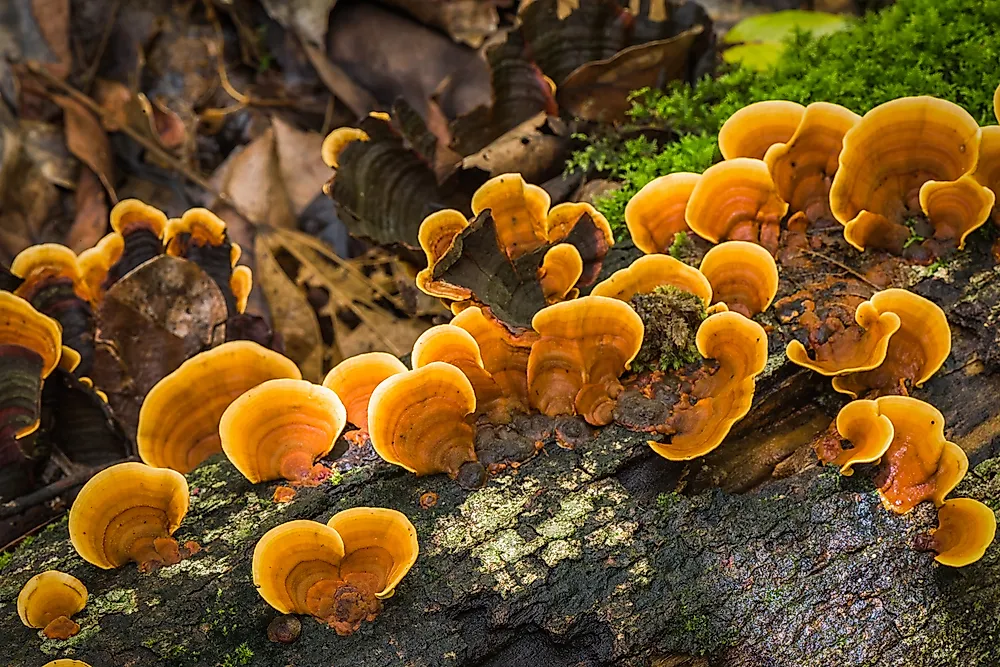Medicinal Mushrooms: History and Usages

Mushrooms are classified as fungi and they have been used for centuries for medicinal purposes and food. There are edible, medicinal, and a poisonous species of the mushroom. Studies to exploit the medicinal properties of fungi and to produce medicine from them were officially explored and done after 1928, after Alexander Fleming discovered penicillin. Several fungi and their by-products are used today to make medicine for different purposes. Lichens were also used in ancient medicine though, in modern day medicine, mushrooms, fungi, and yeast are the primary products.
Medicinal Mushrooms
Fungi were probably used in the early years for medicine but modern day medicine took to deriving medicine from fungi after 1928. Ganoderma Lucidum or Reishi mushrooms have been used in ancient Chinese medicine, and is said to be the longest used fungus for medicinal purposes.
Pharmacologic research today has found antiprotozoal, antiviral, and antifungal strains from fungi. Fungi have been used in modern day medicine to make antibiotics, and the penicillium mold has given rise to many antibiotics such as cephalosporin, vermiculine, citromycin, cerulenin and several other antibiotics. Aspergillus Flavus produces solamargine which is used in cancer drugs. Asparaginase, a drug used for leukemia, is gotten from penicillin. Cholesterol-lowering drugs like statins can also be gotten from fungi.
The fermentation of Aspergillus terreus produced the first commercialized statin, Lovastatin. Antifungals like Penicillium and Aspergillus species are used to make antifungals. Immunosuppressant drugs such as ciclosporin were derived from Tolypocladium inflatum, Bredinin from Eupenicillium brefeldianum and several others. Malaria drugs such as efrapeptins, codinaeopsin, antiamoebic, and Zerrvamicins are made from fungi as well. Some diabetic medicines are also derived from fungi. There are drugs used for their therapeutic effects on the central nervous system, such as cabergoline, ergotamine, and pergolide. Ergot produced by Claviceps purpurea is used to make the drugs.
Edible Mushrooms
The edible Mushrooms are mostly grown in farms and are of the group Agaricus bisporus. This species is locally found in North America and Europe. Agaricus Subrufences or the almond Mushrooms are found mainly in Brazil and Japan. Mushrooms are rich in pantothenic acid, vitamin B, vitamin D, and phosphorus. China is the largest producer edible mushrooms with half of the world’s edible mushrooms coming from China. Most of the edible Mushrooms are cultivated today to yield more, but there are those that grow in the wild. Wild edible mushrooms need to be well identified before consuming. The matsutake, Morrell, and truffle variety of edible mushrooms and are rare. Phytase used in animal feeds is drawn from Aspergillus Niger.
Other Uses
Mushroom has also been used to produce dyes for dying natural fibers like wool in the past. There are also a group of psychedelic mushrooms known to have Psychotropic effects and they are consumed for recreational purposes because of their effects. Amanita Muscaria is one of the species of Mushrooms with psychotropic effects. Species of the group, Amanita Phalloides or death cap, are highly poisonous. Candida, a type of yeast, is used in the commercial sector to produce riboflavin and ascorbic acid or vitamin C.











